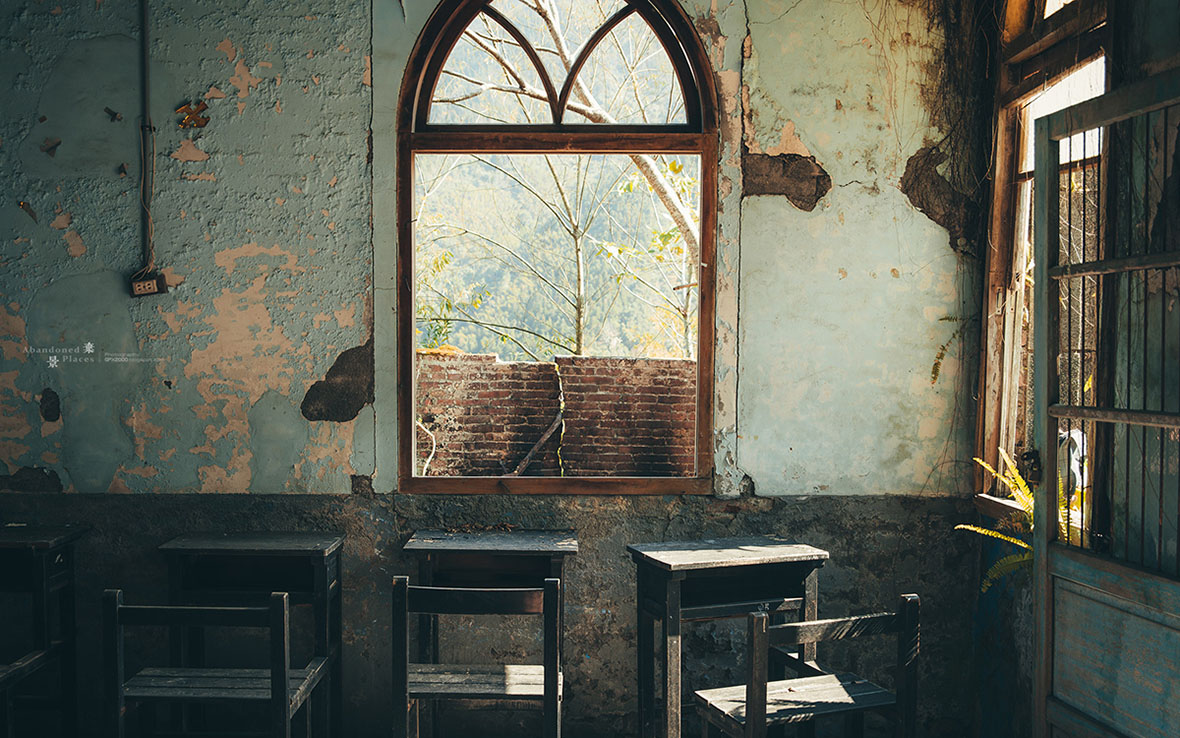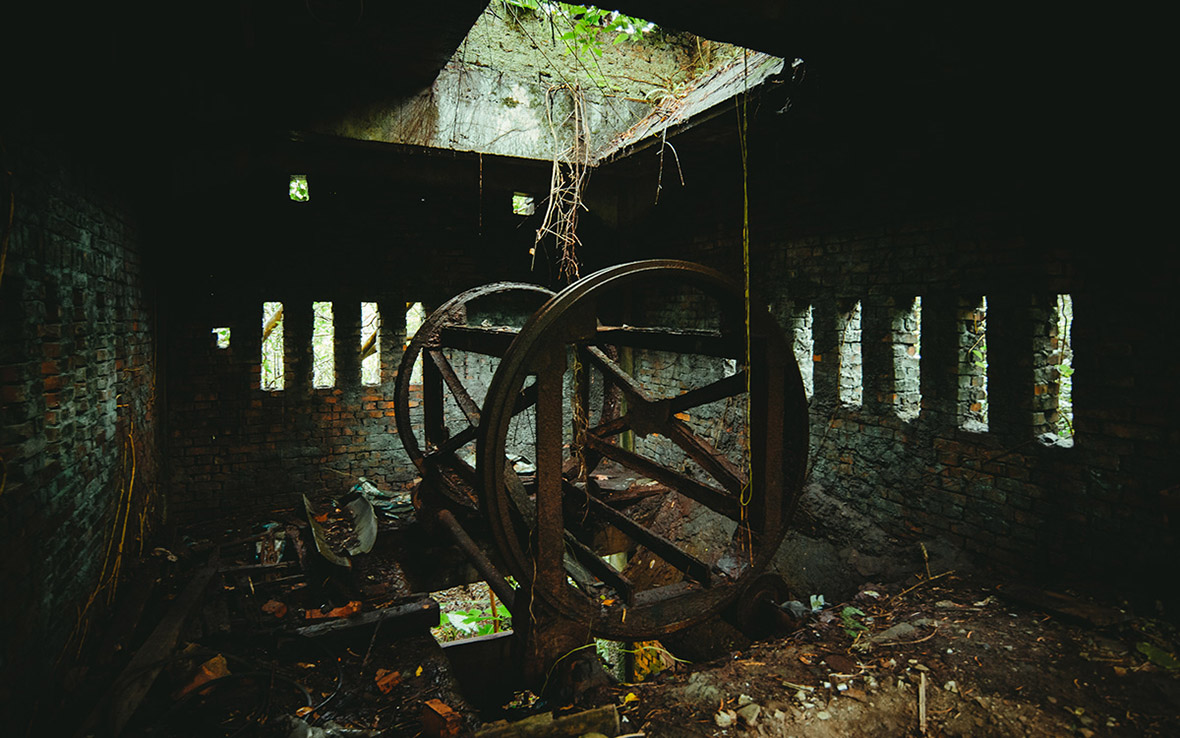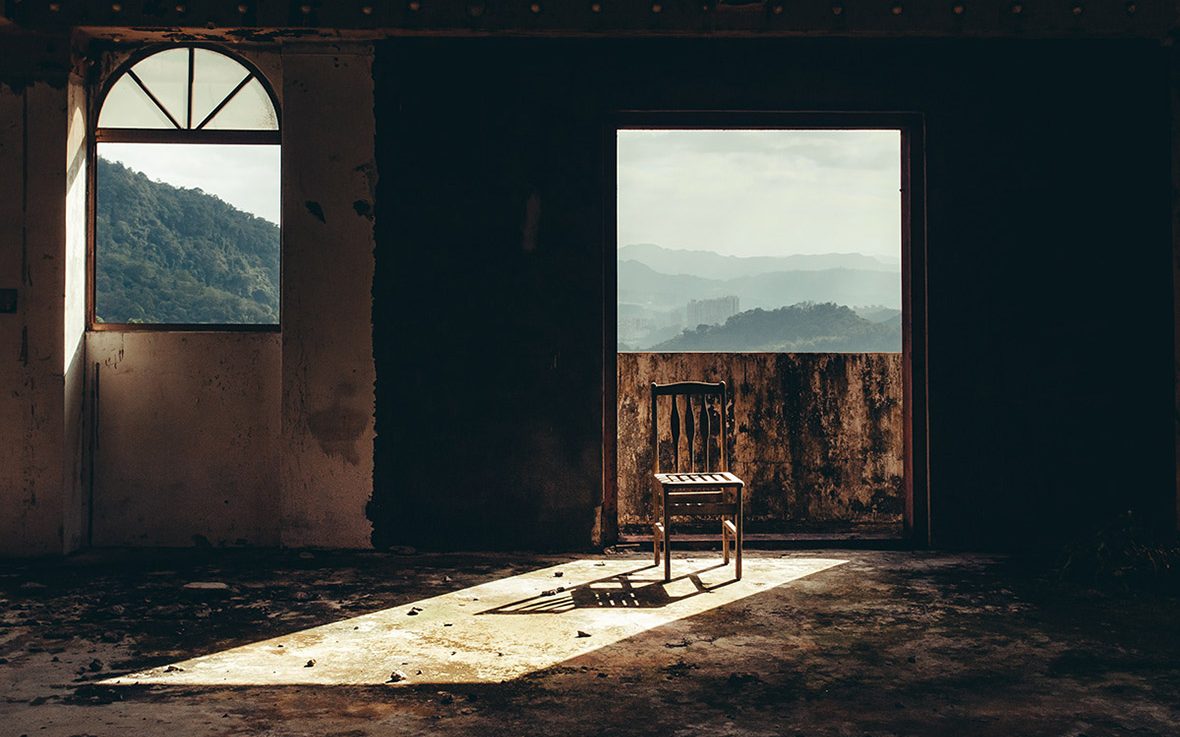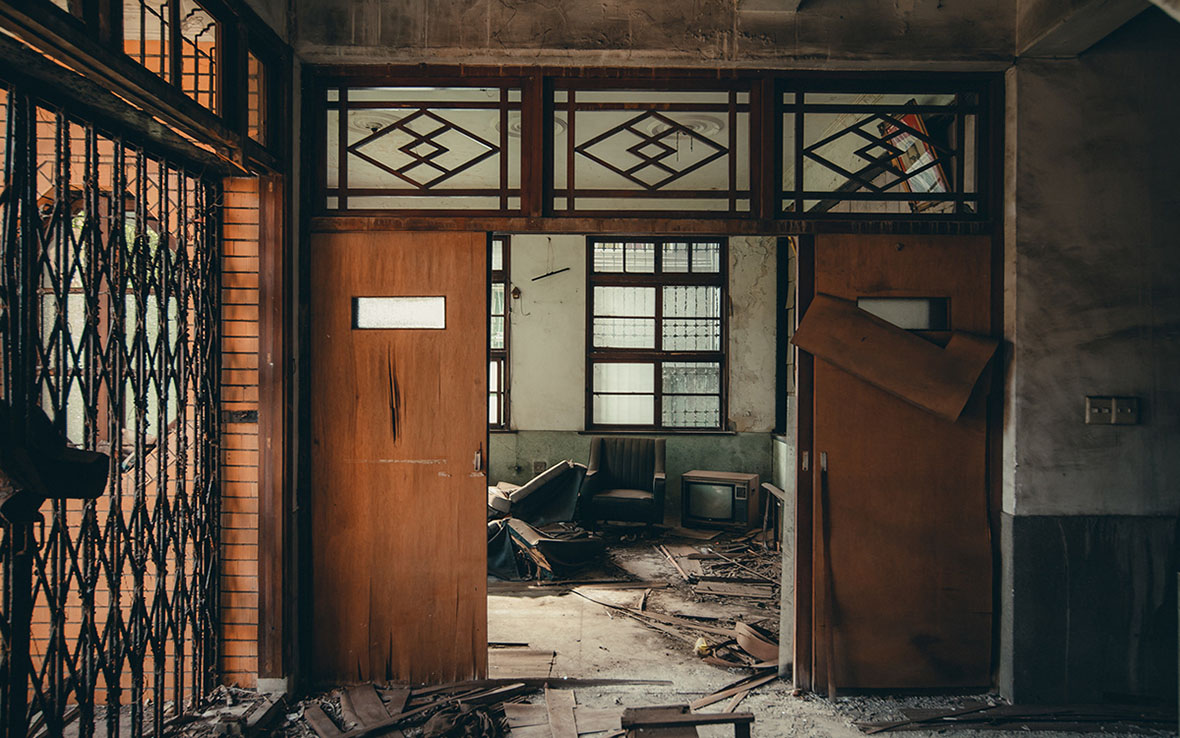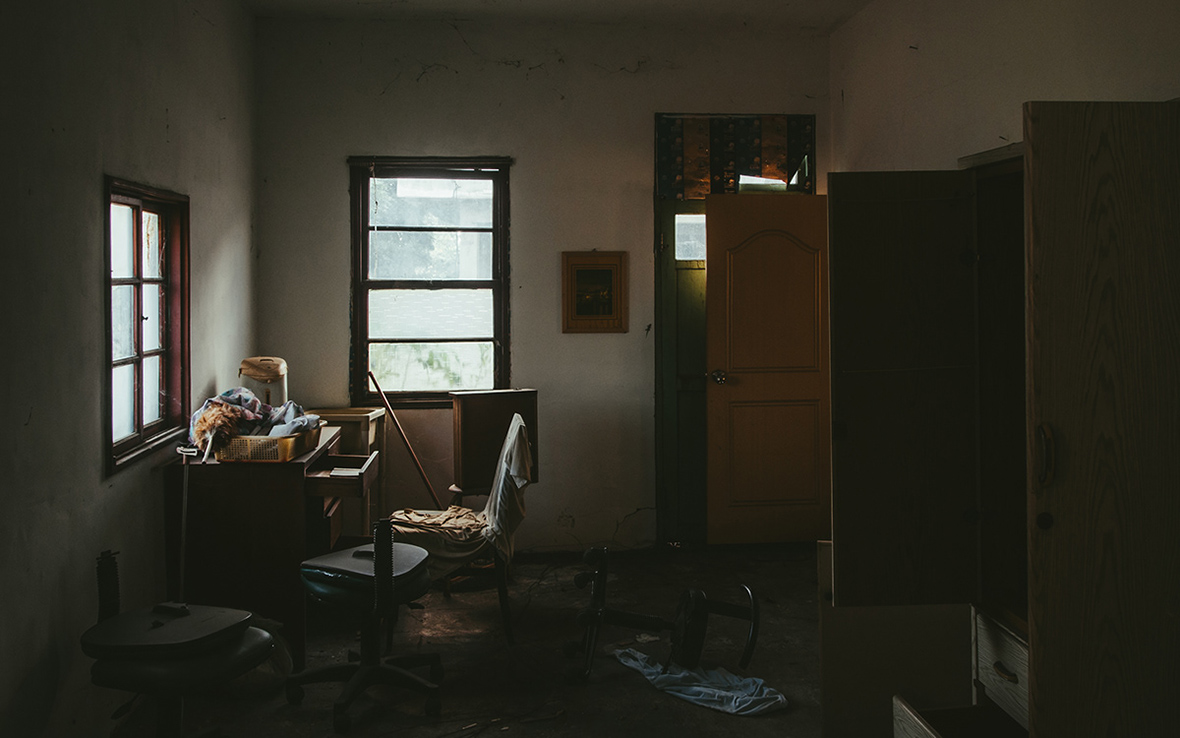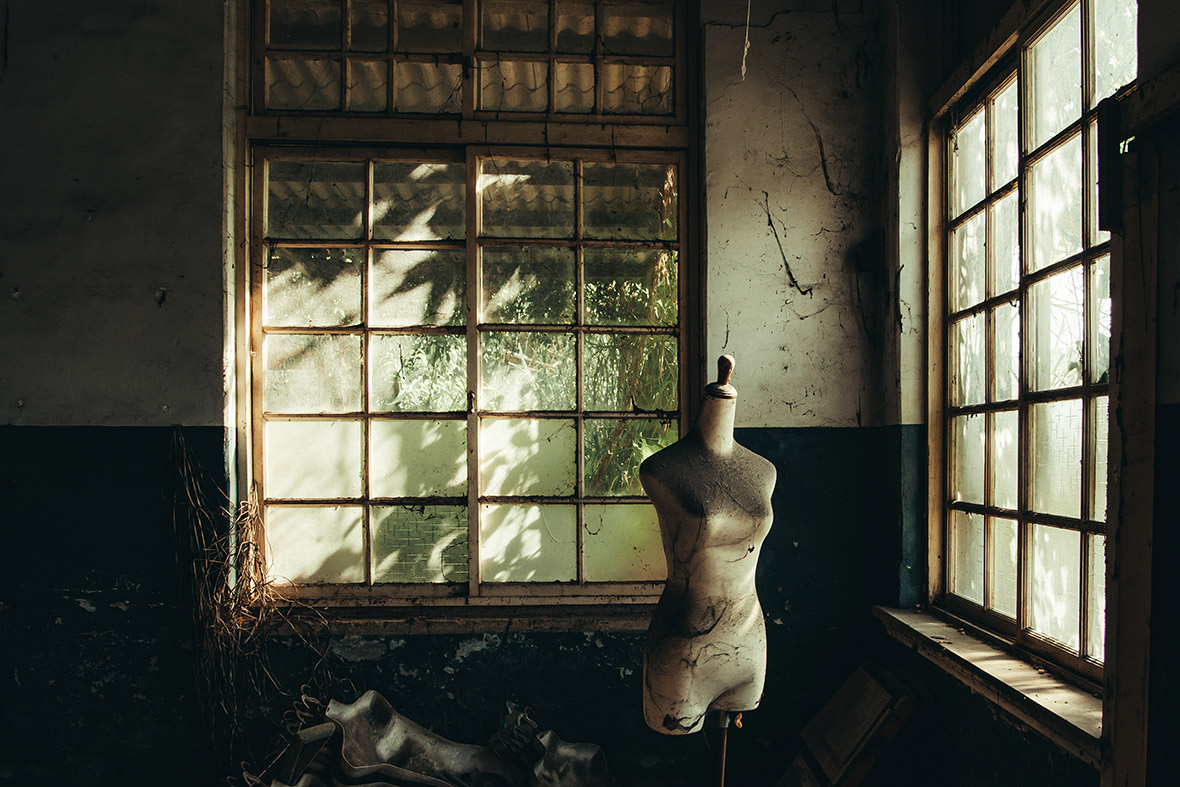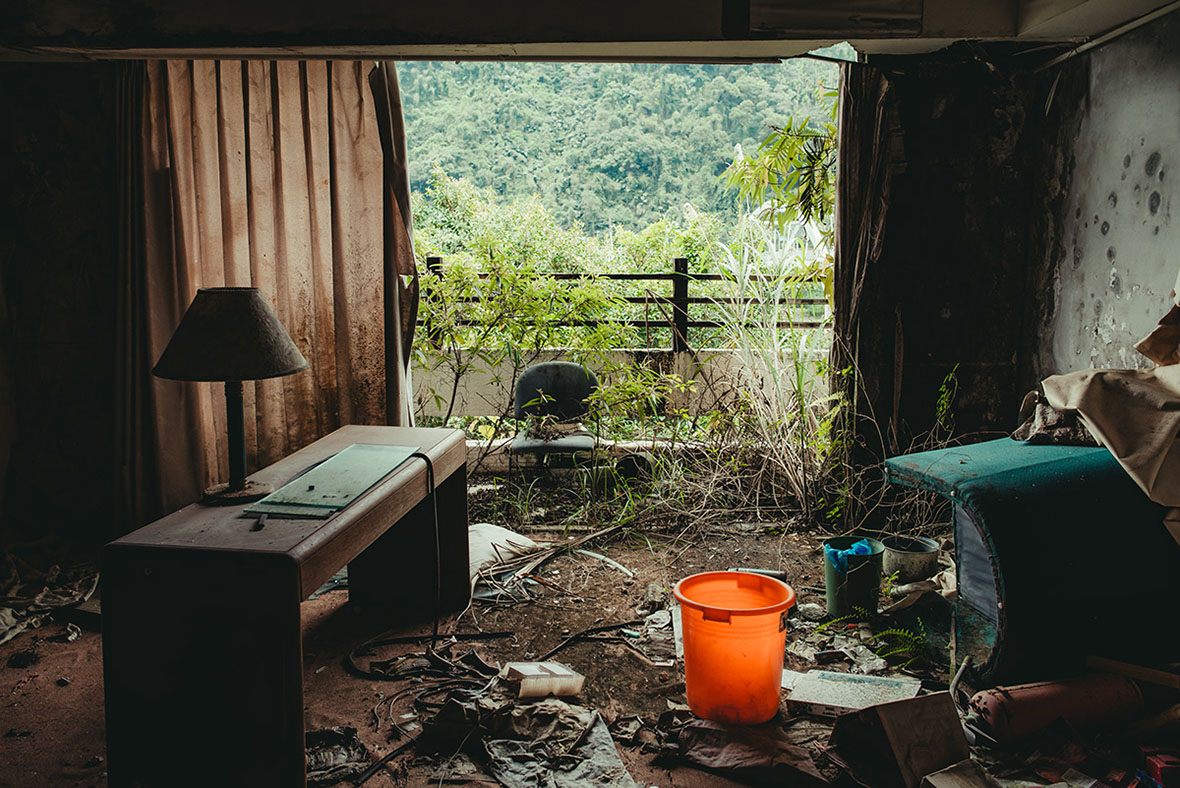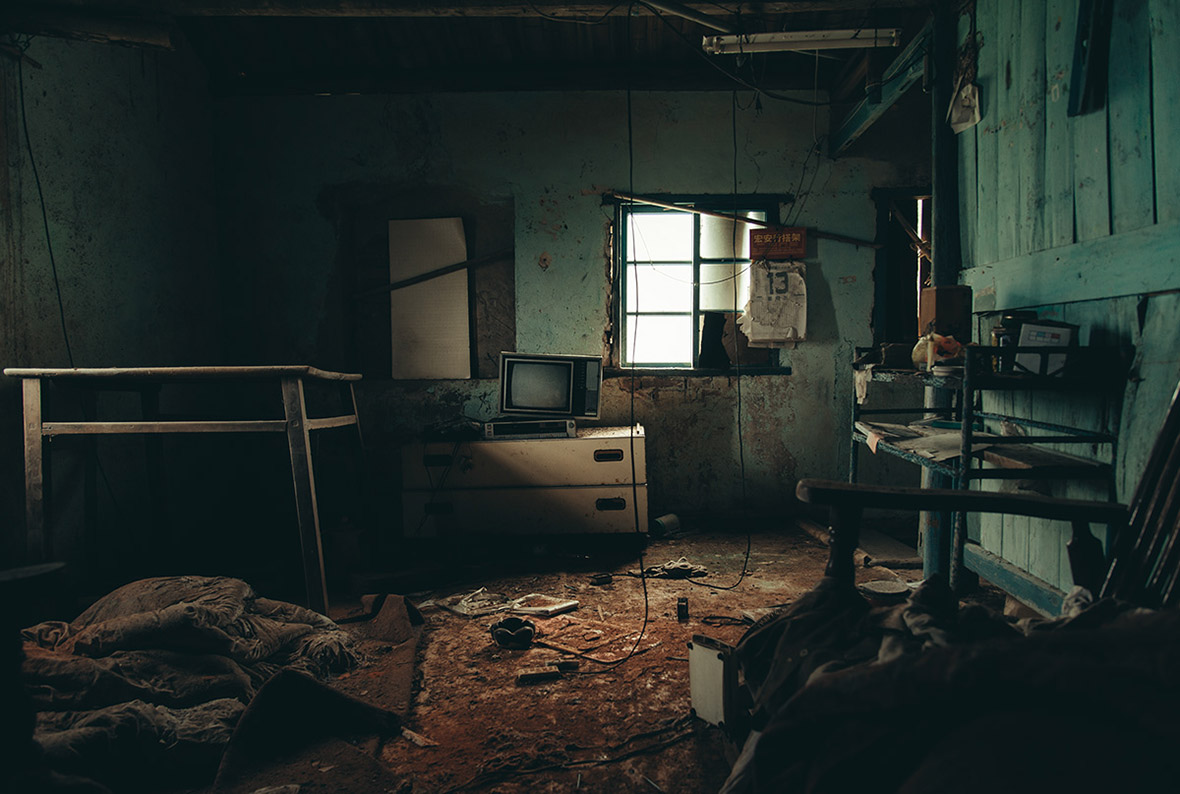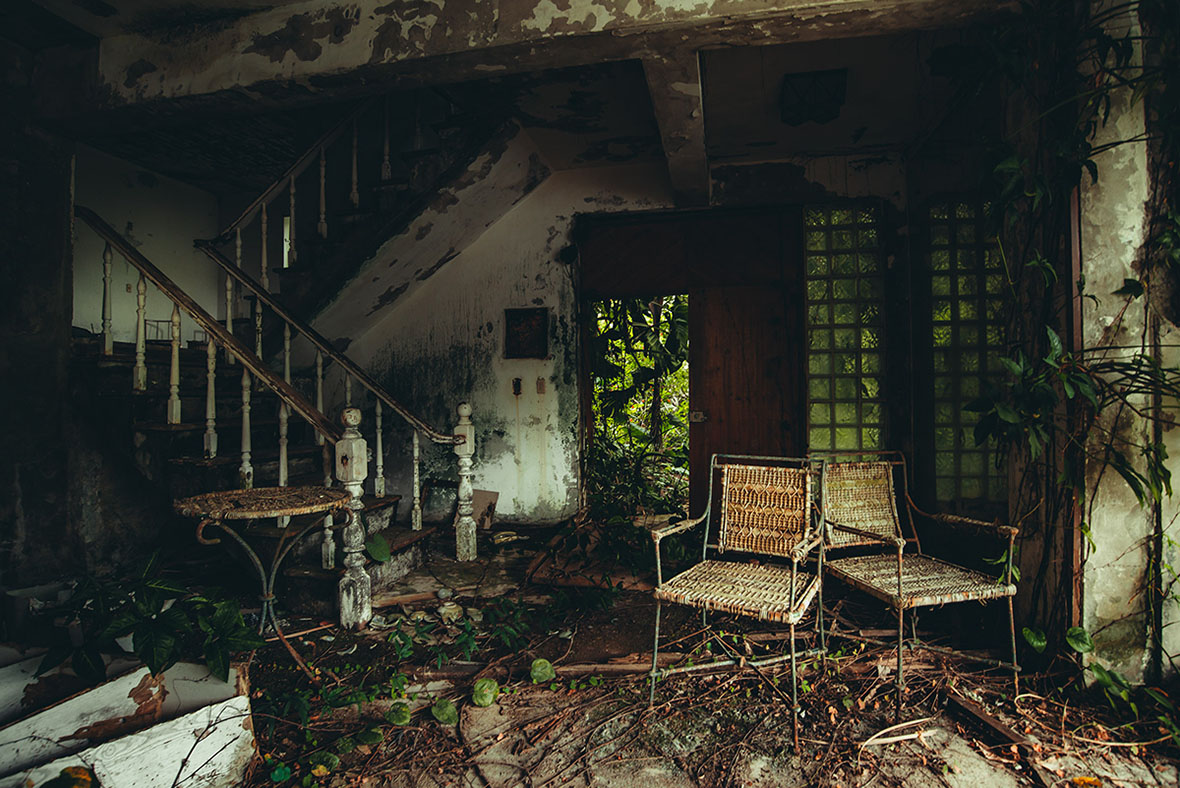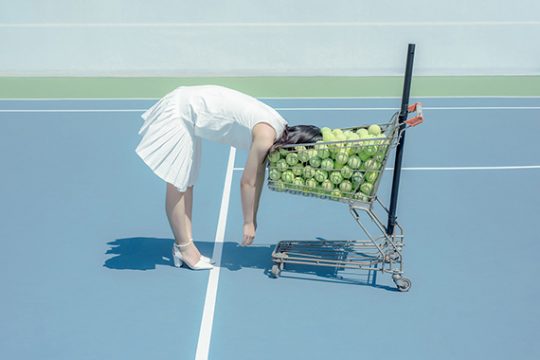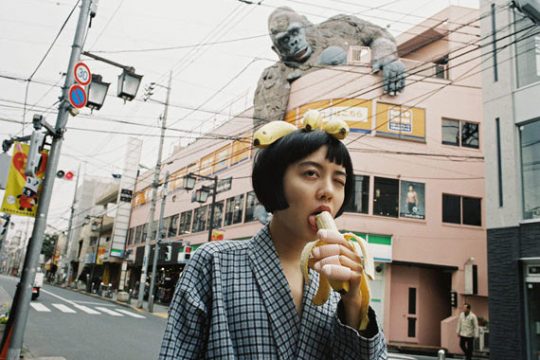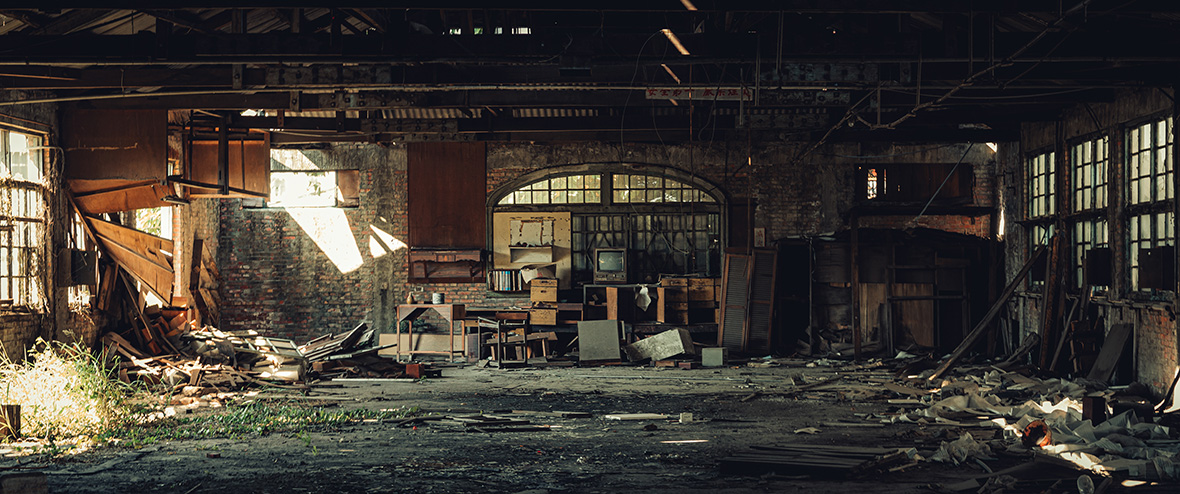
In the past few decades, a series of government-led initiatives in Taiwan has industrialized the countryside. Factories and warehouses popped up across the island’s rural outskirts, but the industrial boom eventually came to an end. Today, many of these buildings, once a measure of Taiwan’s economic ambitions, now lay dilapidated. But these abandoned structures still hold importance, in that they can offer a glimpse into the region’s history.
The changing times are hardly a surprise to Huang Bowen. Born and raised in the ‘90s, the Taiwanese urbex photographer is a keen-eyed observer of the ebb and flow of time. The objects and places imprinted into his childhood memories—CRT televisions, bustling factories, and the grand theatre that he frequented as a child—are a constant source of inspiration for his explorations today. To him, it’s fascinating to see how nothing is able to escape the ruthless grasp of time. As it seems, people may age with grace, but buildings and objects simply crumble.
对一座城市的了解,应该始于它的历史;而历史是写在淹没城市四处的废墟里面的。在过去二十年里,台湾中央政府致力推动工业发展,不少农田水利之处都建造起工厂和楼房,以适应时代经济的改革。但厂楼平地起,总有起完的一天,那些曾经见证了经济腾飞的砖瓦泥墙,就此也会逐渐见证人烟荒芜。
废墟摄影师黄柏雯对此并不意外。他是土生土长的台湾人,生于 90 年代初的他,见证了台湾经济和人口都飞速发展的时期,对记忆中的家用电视机、父母辈工作的老工厂和儿时常去的大剧院都葆有深沉的情感。这些潜藏在记忆中的角落,后来也成了他城市探险的“景点”——当年的人长大了,房屋却老了。
Huang’s first experience with urban exploration was during his conscription. In 2012, he tagged along with his army buddies when they decided to visit a large abandoned building in northeastern Taiwan. Though the precise details and exact location have long faded, that experience left an impression on him. It inspired him to take up urbexing on his own and learn how to take photos of his adventures. “It was so interesting that we put in so much work and overcame so many hurdles just to catch a glimpse inside,” he recalls.
最初涉足废墟,黄柏雯说是源于当兵时候的一次巧合,在 2012 年,他与同袍去了一趟台湾东北角的大型废墟探险。时隔多年后种种细节已经淡忘,但那次的经历依然让他印象深刻,“钻过无数的芒草丛,越过重重关卡,只为了一窥内部,非常有趣。”也是在这趟旅程之后,他开启了自己的废墟摄影生涯。
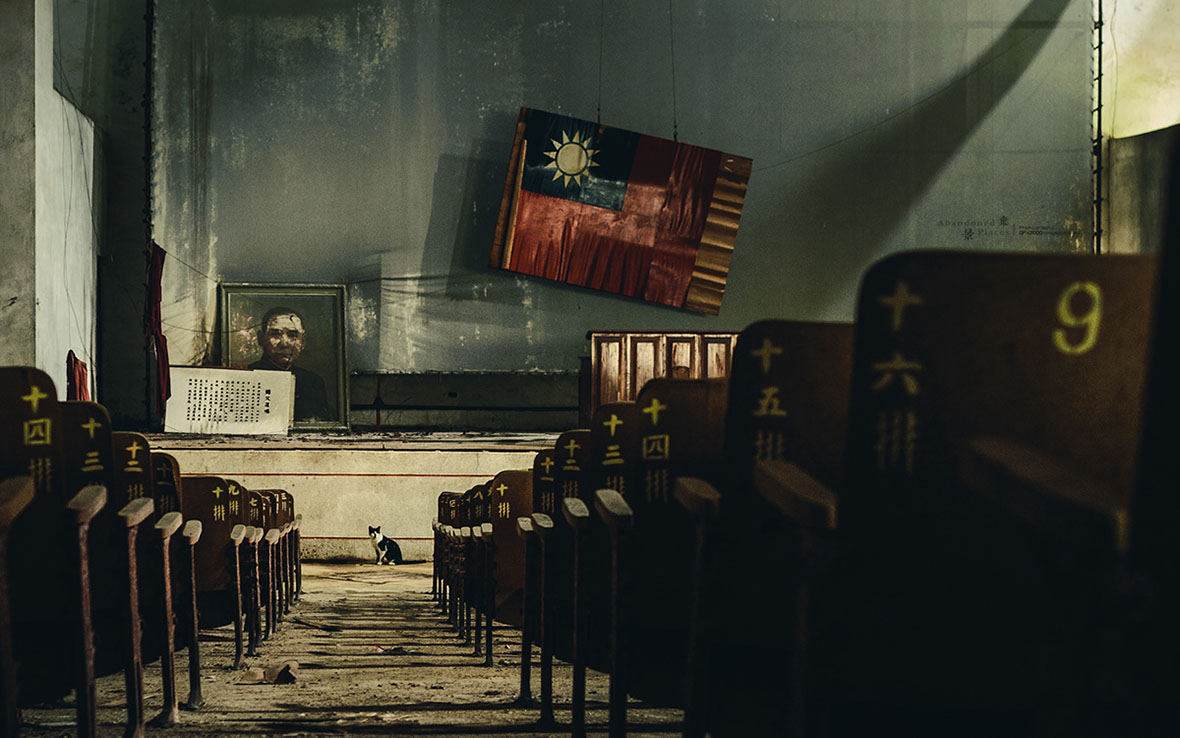
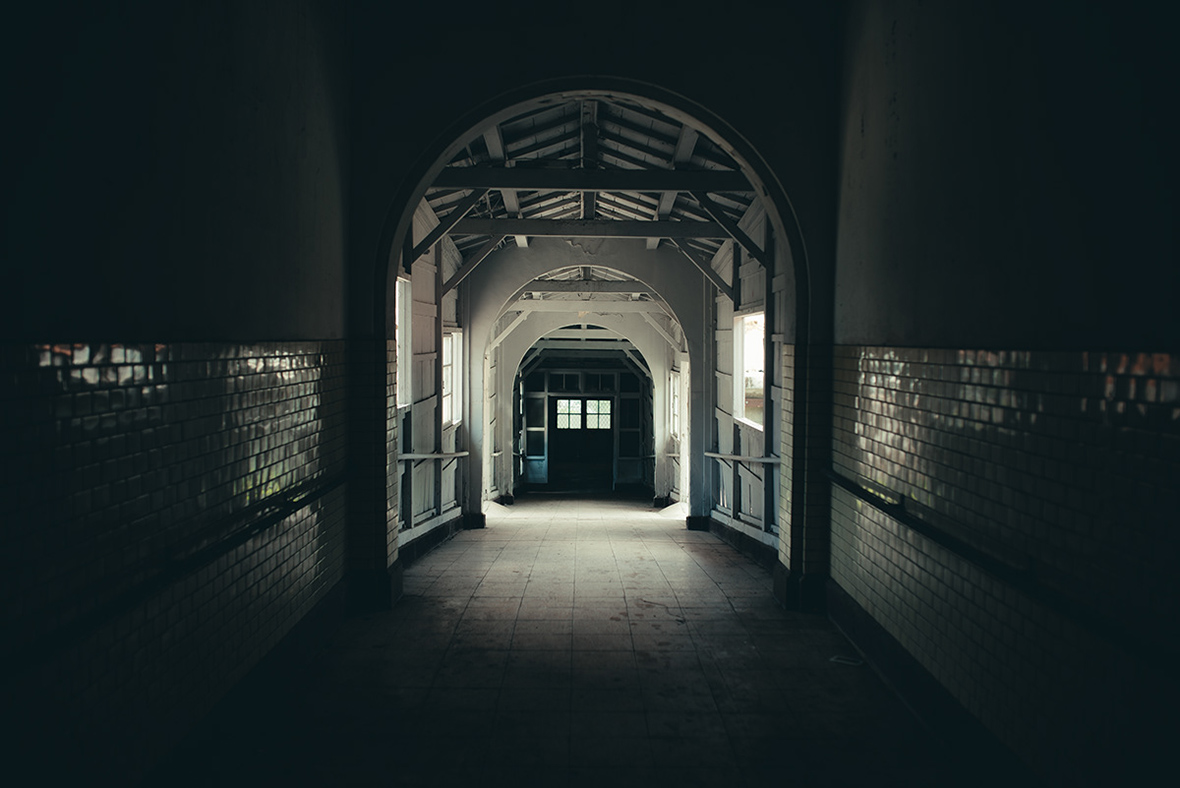
Urbex photography requires a certain degree of luck: the right weather condition at the right time can make a scene that much more stunning. Luck also plays a part in whether or not an urbexer can successfully get inside a building.
To ensure that Lady Luck is on his side, Huang often scouts out a location prior to the actual shoot. He’ll take mental note of times when guards aren’t around and the best spots to enter the complex. If the patrolman seems especially vigilant, then he’ll need to weigh out the risks and decide on whether or not it’s worth it.
It’s not always difficult though. “Sometimes it’s just normal people living next to these abandoned lots,” he says. “If you just give them a heads up as to what you’re doing, oftentimes you can just saunter right in and shoot to your heart’s content.”
废墟摄影最需要的是运气。天时地利的光影能体现废墟的凄美感,避人耳目的时机则能保证整趟探险之旅不被打扰。在拍摄前,黄柏雯通常会先搜集一些“情报”,无守卫或是荒烟漫草型的废墟很好潜入,但如若碰到有警卫把守,就需要先行做下功课,评估一下是否值得一去。但也有例外,“有些废墟旁边有邻居等人,适时地打招呼并说明来意反而也可以很顺利,大喇喇地进入拍摄。”黄柏雯说。
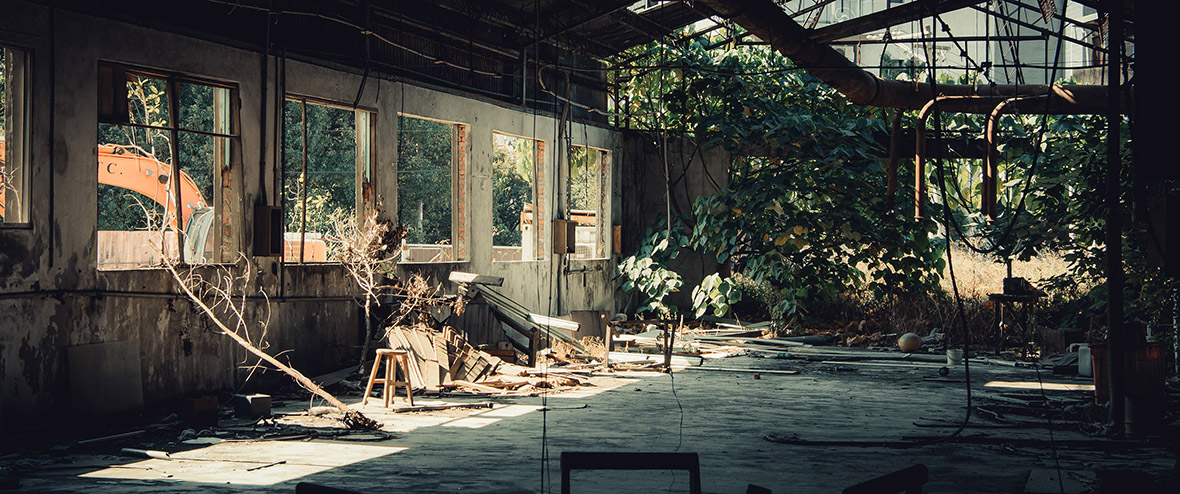
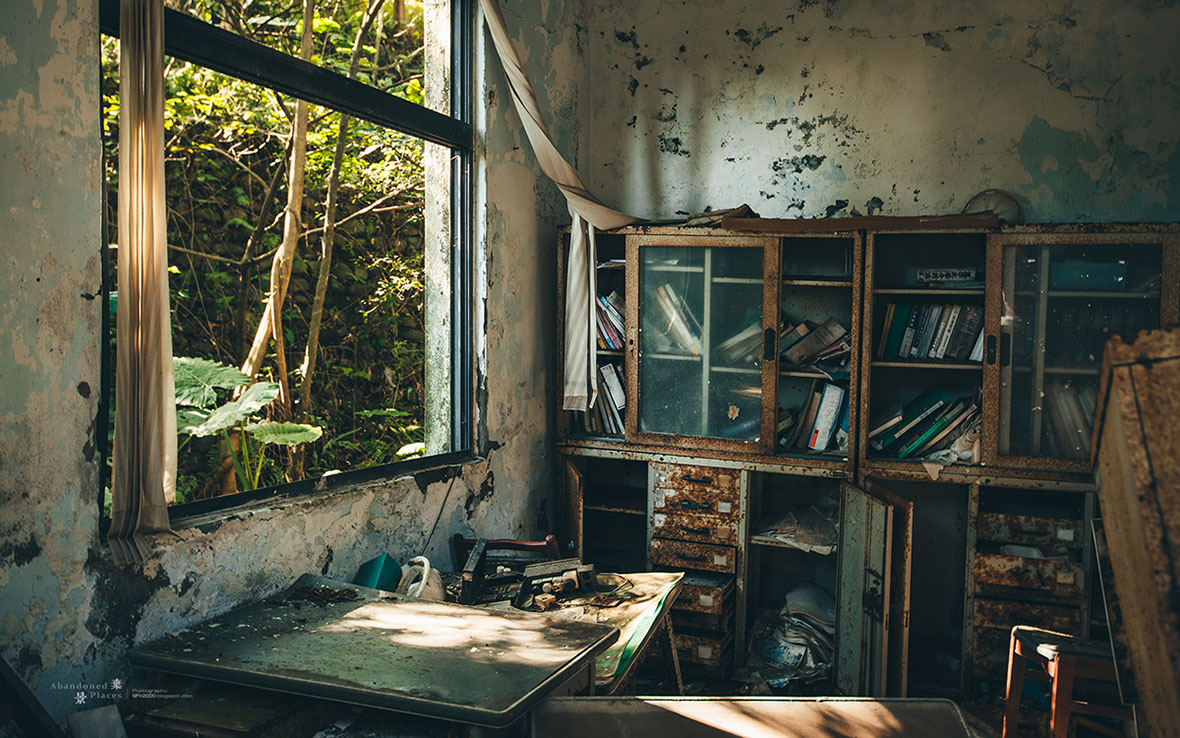
Luck, or rather the lack of luck, also plays a part in what an urban explorer may encounter inside each building. It’s not uncommon to find critters such as rats and cats scurrying out from the shadows, photography of deceased family members hung on the walls, stacks of well-preserved books from years past, or mattresses that have rotted into pieces. Unexpected run-ins are all part of the urbex experience.
But no matter how gritty an abandoned building may seem to the untrained eye, with the right light and composition, these structures—and even the trash within them—can take on a certain grandeur. “In larger industrial complexes, good light can add to the sense of spatiality,” Huang says. “In smaller residential spaces, the items that past inhabitants left behind tell revealing stories. But sometimes, it almost feels like the previous owners simply evaporated, and it leaves a lot to the imagination.”
足够“幸运”的话,在废墟里什么都能碰到,挂在墙上的遗像照、保存完好的书本、被虫蛀到烂成碎片的床褥,还有不时出没的老鼠和猫。
但对黄柏雯来说,废墟中最迷人之处莫过于物品及光影的互动,“大型工厂里的光影能够衬托整体空间感,而住宅型废墟则能够由遗留的物品来推敲这户人的状况。”他说道,“有些废墟令人感到疑惑,物品都遗留在现场,人却像是蒸发般的消失,完全摸不透到底发生了什么事情。”
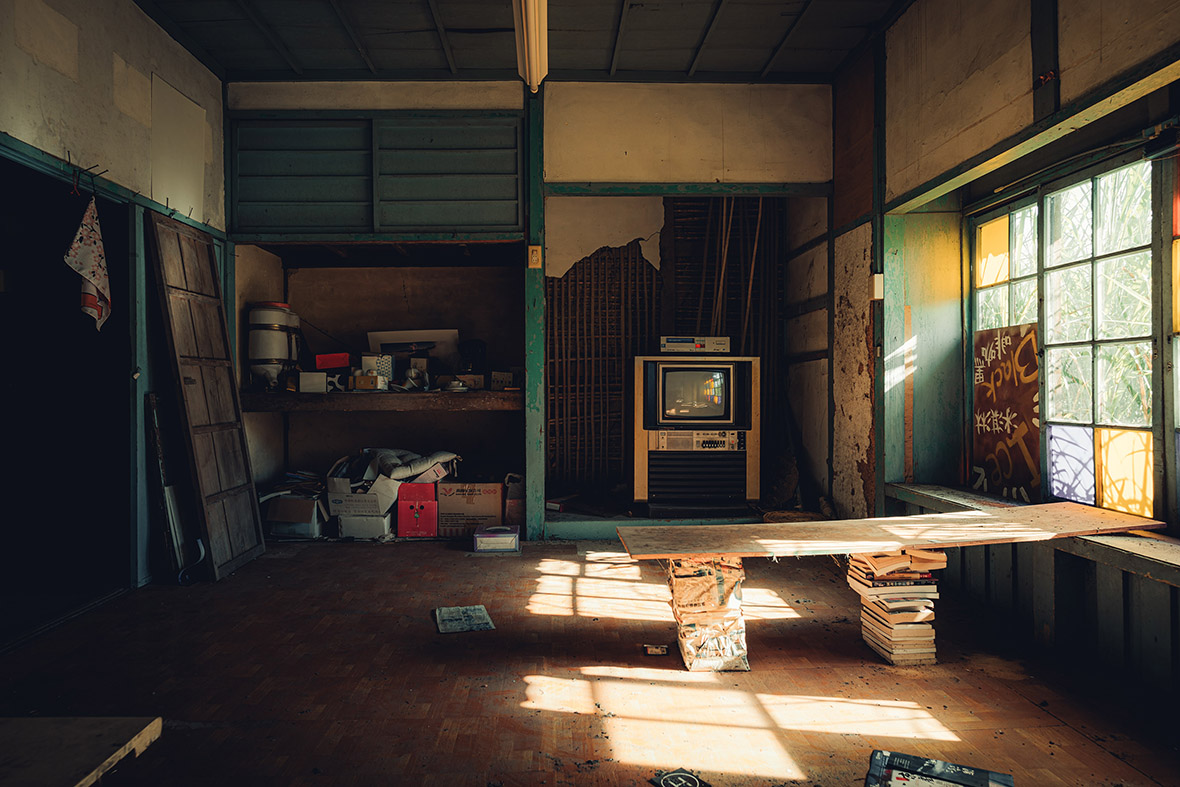
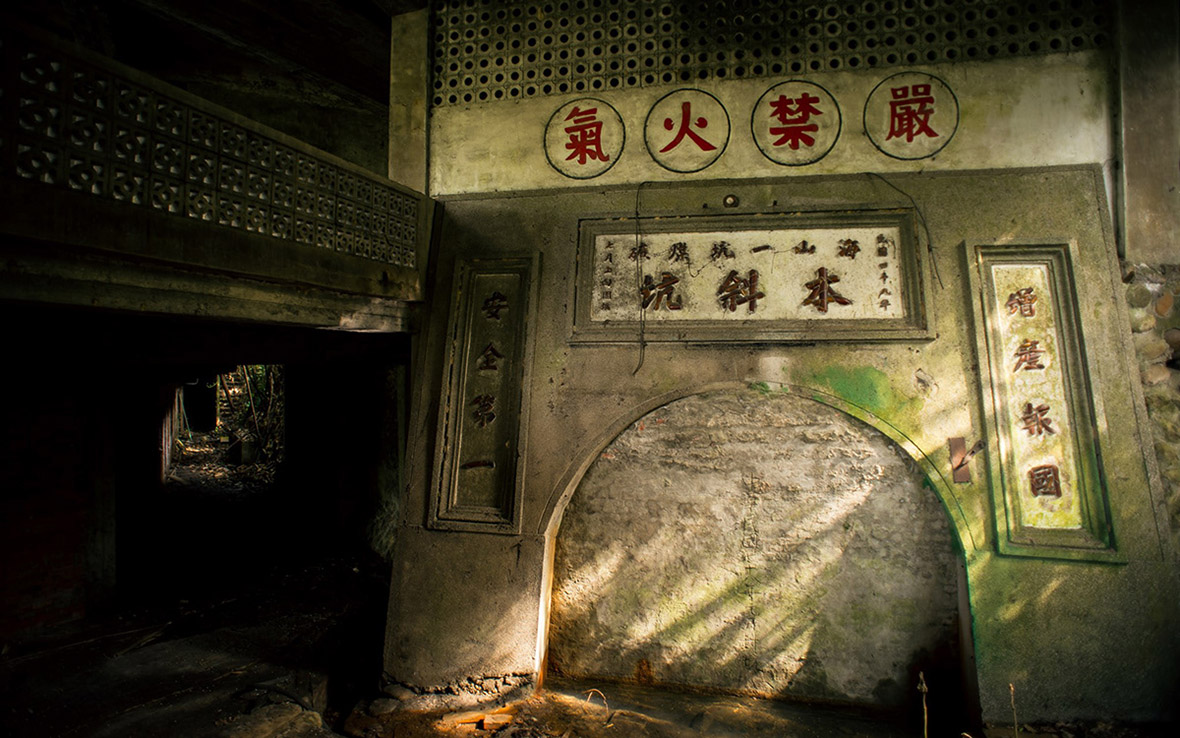
Structures that have been reclaimed by nature are among some of Huang’s favorites to explore. He says that, in these spaces, where the manmade meets the natural world, the passage of time feels like it takes on a material form—he’s able to picture the workers who built the structure, admire the metal and concrete used in its construction, and even imagine what the previous inhabitants might have been like. But in the present moment, with vines, branches, and ferns overrunning the space, he respects that Mother Nature has taken control, covering the building exterior and interior in ways she sees fit. The building’s past is wiped clean, as is its future.
他尤为钟爱长满植物的废墟,那种“各种蕨类及藤蔓在室内窜生的感觉,是第一眼就会被吸引的”。在满眼绿意的断壁残垣里,时间不再是无形之物——数十年前人们用钢筋水泥打造城市的画面出现了,那些人们曾在楼宇中生活的印记也历历在目,可节同时异,这里的窗里门外的一切又被野生的植株次第吞噬了——房屋的过往已被摧毁,而它们也没有未来。
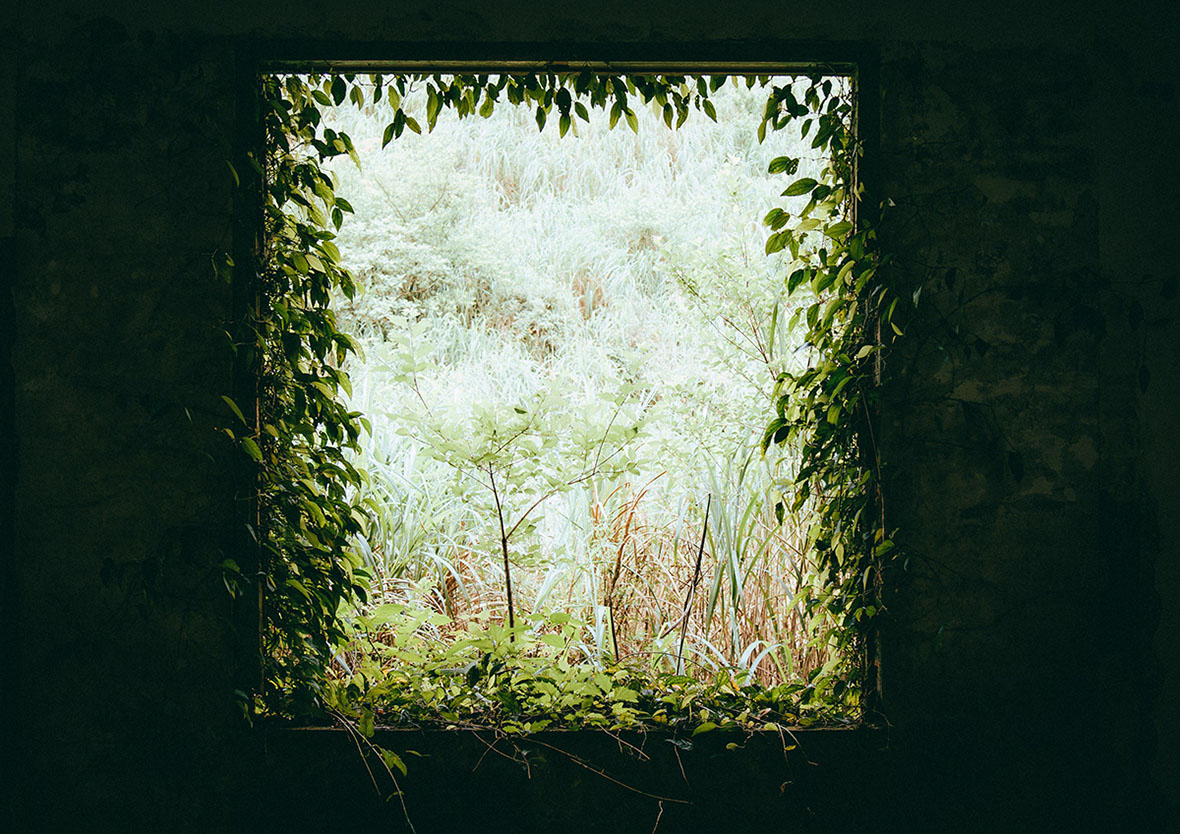
After every shoot, Huang’s edits aim not only to reproduce everything the way he saw in person but also evoke whiffs of the building’s past. His signature tones—namely the warm highlights and cyan-tinged shadows—add an atmospheric glow to his images, one that uncovers the elegance of these neglected structures. “I hope to lend my perspective to others,” he says. “I want to show them that there’s a lot of beauty and meaning to be found in these derelict places.”
他的废墟摄影色调灰沉,处处透露出一种陈年往事的气息。对此,黄柏雯只是淡淡地说道,“我想借由这些视角,来诉说这废墟背后的美感及蕴藏的故事。”

